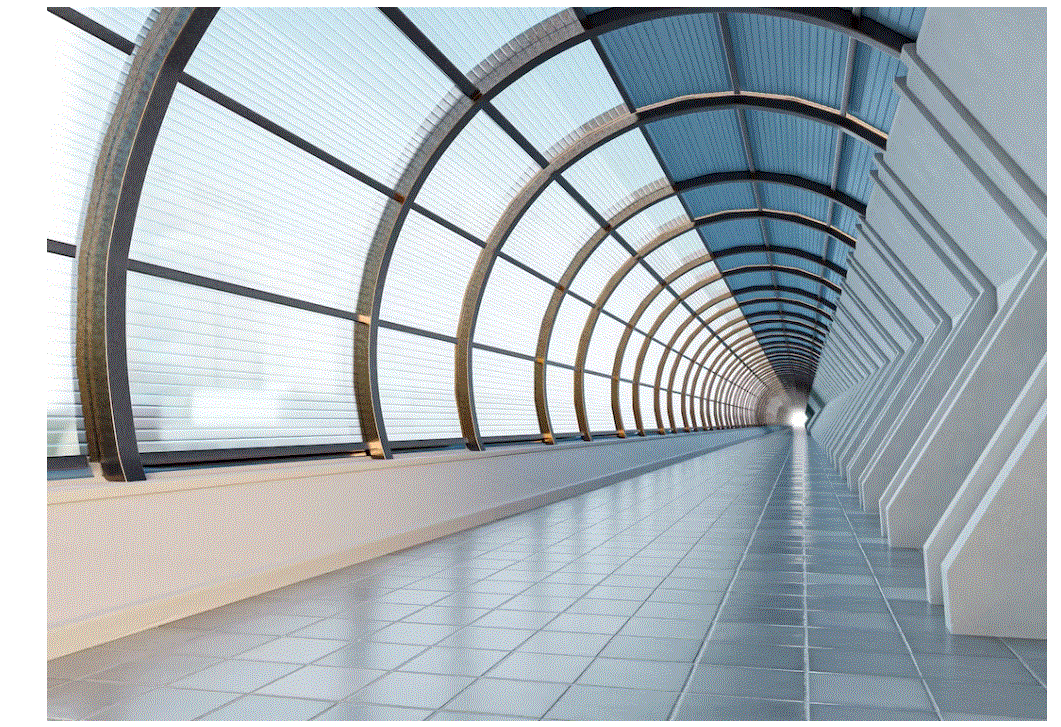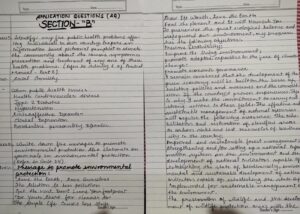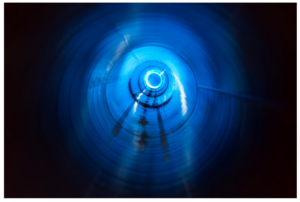When investing in a roofing system for your home or commercial property, it’s crucial to have a clear understanding of its lifespan and how to maintain it properly. GRP (Glass Reinforced Plastic) roofing is renowned for its durability and longevity, making it an attractive choice for many property owners. In this comprehensive guide, we will delve into the expected lifespan of GRP roofing, the factors that influence it, and essential maintenance practices to maximize its longevity.
1. The Basics of GRP Roofing
GRP roofing, also known as fiberglass roofing, is a popular choice due to its outstanding durability, versatility, and resistance to various environmental factors. It consists of layers of reinforced glass fibers embedded in a polyester or epoxy resin matrix. These layers are built up to create a strong and waterproof roofing material.
2. Expected Lifespan of GRP Roofing
The lifespan of a GRP roof can vary depending on several factors, including quality of installation, local climate conditions, and maintenance practices. However, on average, a well-installed and properly maintained GRP roof can last anywhere from 20 to 50 years or more.
3. Factors Influencing GRP Roofing Lifespan
Several key factors play a significant role in determining the lifespan of your GRP roofing:
Installation Quality: The skill and expertise of the roofing contractor during installation are crucial. A poorly installed GRP roof is more likely to experience problems and have a shorter lifespan.
Climate and Weather: The local climate and weather conditions can impact the longevity of your GRP roof. Exposure to extreme heat, UV radiation, heavy rainfall, snow, and temperature fluctuations can affect the roofing material over time.
Maintenance: Regular and proper maintenance is essential to extend the lifespan of your GRP roof. Neglecting maintenance can lead to premature deterioration and damage.
Roof Design and Pitch: The design and pitch of your roof can influence how well water drains off the surface. A well-designed roof with proper drainage is less likely to experience issues related to ponding water.
Quality of Materials: The quality of the GRP roofing materials used can significantly impact the roof’s lifespan. High-quality materials are more durable and resistant to wear and tear.
4. Signs of GRP Roofing Wear and Tear
To maximize the lifespan of your GRP roof, it’s essential to be vigilant about potential issues. Some common signs of wear and tear include:
Cracks or Punctures: Small cracks or punctures in the GRP membrane can lead to water infiltration if not addressed promptly.
Blistering and Bubbling: The formation of blisters or bubbles on the surface of the roof can indicate trapped moisture or poor adhesion.
Algae and Moss Growth: Algae and moss can thrive on Polycarbonate Wall in humid and shaded areas, potentially leading to surface damage.
Discoloration: UV exposure and weathering can cause discoloration and fading of the roofing material.
Ponding Water: Puddles of water that do not drain properly can lead to deterioration and leaks over time.
Loose Flashings and Seams: Loose or damaged flashings and seams can allow water to seep into the roofing structure.
Insufficient Insulation: Inadequate insulation can result in energy inefficiency and temperature-related issues.
5. Maintenance Practices to Extend the Lifespan of GRP Roofing
Proper maintenance is essential for preserving the integrity and longevity of your GRP roof. Here are some essential maintenance practices to consider:
Regular Inspections: Conduct routine inspections of your GRP roof to identify any signs of wear and tear, damage, or issues that require attention.
Cleaning: Keep the roof clean by removing debris, leaves, and dirt that can accumulate on the surface. Use a soft brush or pressure washer with a mild detergent for cleaning.
Repairs: Address any identified issues promptly. Small cracks, blisters, or punctures should be repaired using appropriate GRP roof repair kits or by a professional contractor.
Algae and Moss Removal: If you notice algae or moss growth, clean the affected areas using a GRP roofing cleaning solution and a soft brush.
Surface Protection: Apply a UV-resistant coating to protect the roof from UV radiation and weathering. This can help extend the life of the roofing material and maintain its appearance.
Drainage Maintenance: Ensure that gutters, downspouts, and drainage systems are clear and functioning correctly to prevent ponding water.
Insulation: If you suspect inadequate insulation, consult with a roofing professional to assess and address insulation issues.
Professional Inspection: Schedule periodic professional inspections to identify any hidden or structural issues that may not be apparent during routine inspections.
6. When to Consider GRP Roof Replacement
Despite proper maintenance, there may come a time when a GRP roof reaches the end of its lifespan and requires replacement. Some signs that indicate it may be time for replacement include:
Frequent Repairs: If you find yourself needing frequent and extensive repairs to address ongoing issues, it may be more cost-effective to replace the roof.
Advanced Age: If your GRP roof has reached or exceeded its expected lifespan, it may be a good time to consider replacement, especially if signs of wear and tear are evident.
Severe Damage: Extensive damage, such as widespread cracks or structural issues, may warrant a complete replacement to ensure the roof’s integrity.
Energy Efficiency: If your energy bills have been consistently high, it may be due to insufficient insulation or aging roofing materials. Replacing the roof with more energy-efficient options can lead to long-term savings.
Aesthetic Concerns: If the appearance of the roof has deteriorated significantly and affects the overall aesthetics of the property, replacement may be desirable.
7. Choosing a Professional Contractor
When it comes to GRP roof replacement or major repairs, it’s crucial to choose a reputable and experienced roofing contractor. Consider the following when selecting a contractor:
Credentials: Ensure the contractor is licensed, insured, and bonded.
Experience: Choose a contractor with a proven track record in GRP roofing installations and repairs.
References: Ask for references and reviews from past clients to gauge the contractor’s reputation.
Warranty: Inquire about the warranty and guarantees offered for their work and materials.
Written Agreement: Have a detailed written contract that outlines the scope of work, costs, and timelines.
Communication: Effective communication with the contractor is essential throughout the project.
Quality Materials: Verify that the contractor uses high-quality GRP roofing materials.
8. Conclusion
Understanding the expected lifespan of your GRP roofing and implementing proper maintenance practices is essential for maximizing the longevity and performance of your roof. By addressing issues promptly, conducting regular inspections, and choosing a reputable contractor when necessary, you can enjoy the durability and benefits that GRP roofing has to offer for many years to come.














